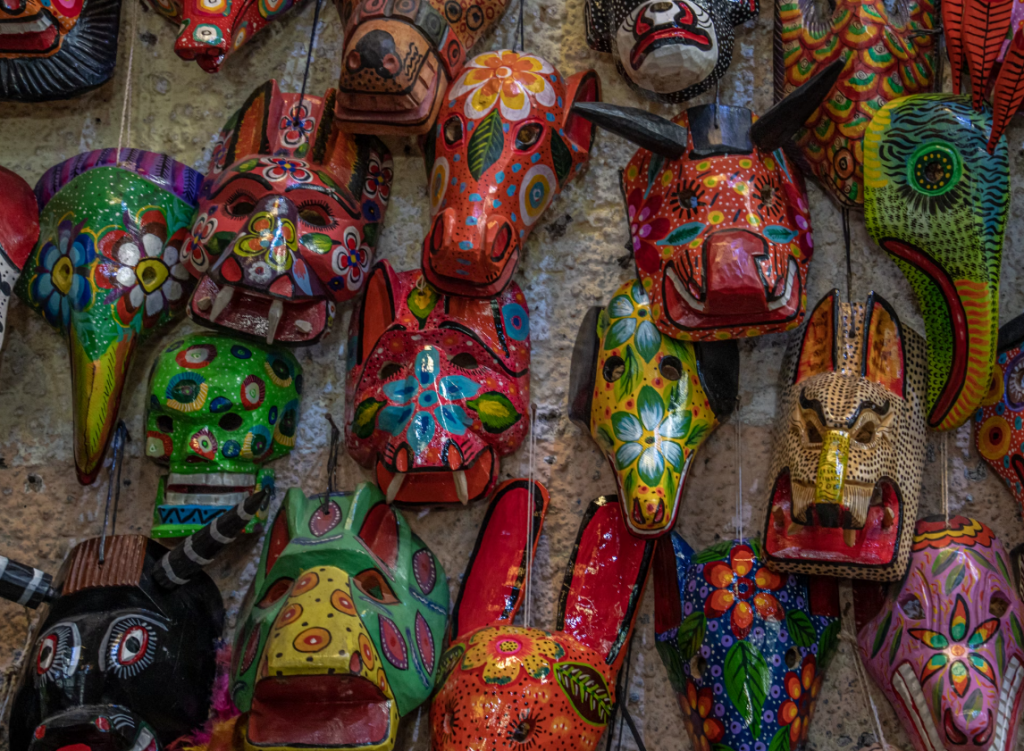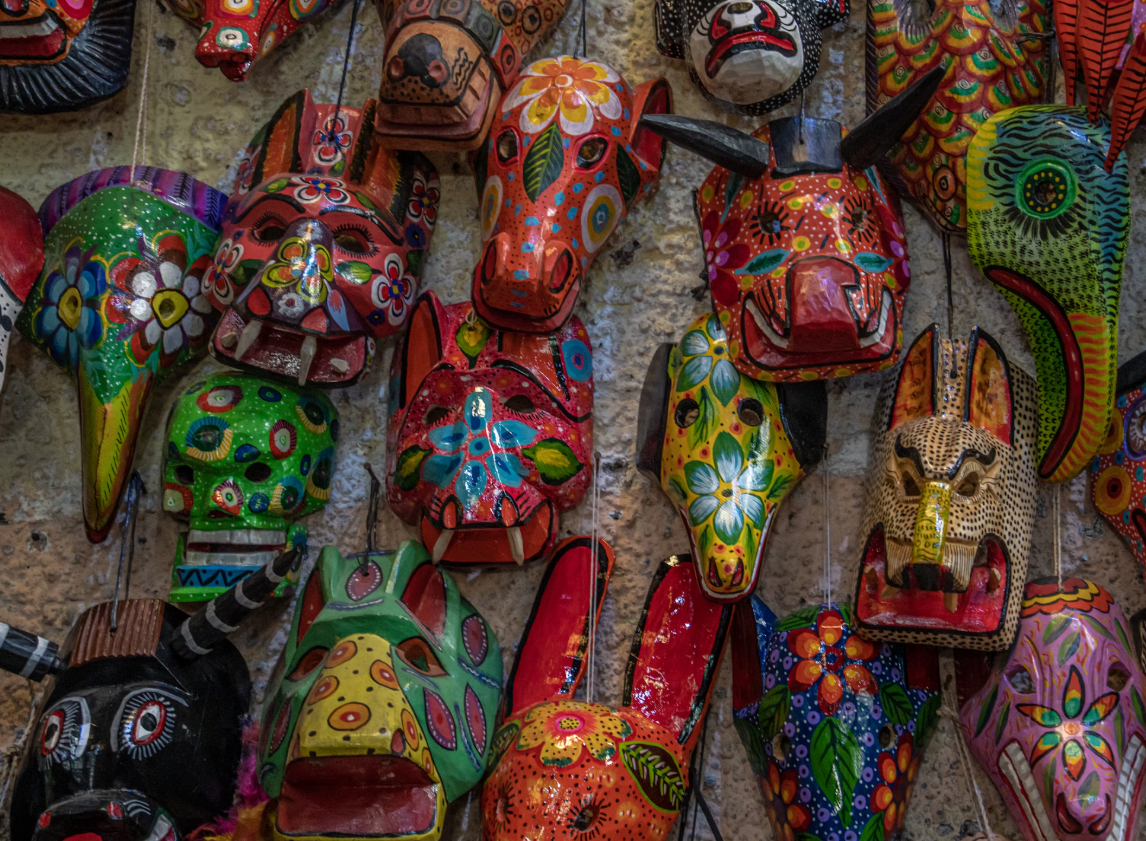Mexico City, a vibrant metropolis, is home to a rich and diverse culture. One of the best ways to immerse yourself in the city’s soul is by experiencing its local artistry. From centuries-old traditions passed down through generations to contemporary interpretations, the city’s artisanal scene is as rich as its history. This article will guide you through the artistry of Mexico City, where to find it, and how to experience the works of talented local artisans.
Understanding the Rich History of Mexican Crafts
The tradition of craftsmanship in Mexico dates back thousands of years, shaped by the indigenous cultures that once thrived in the region. The Aztecs, Maya, and other pre-Columbian civilizations were skilled artisans, known for their pottery, textiles, and intricate stone carvings. These ancient traditions continue to influence Mexican crafts today, with many artisans preserving age-old techniques while infusing them with contemporary flair.

The influence of Mexican crafts is visible in everything from the vibrant colors of textiles to the intricate designs of handmade jewelry. Craftsmanship in Mexico City offers a glimpse into the country’s deep cultural roots, and every piece tells a story of tradition, community, and pride.
Mexico City’s Craftsmanship: A Blend of Old and New
Mexico City serves as the perfect backdrop for the blend of old and new in the world of artisan crafts. While the city is a bustling metropolis, it is also a hub for local artists who merge traditional techniques with modern aesthetics. Here, you’ll find contemporary artists creating stunning designs that respect the craftsmanship of their forebears but also speak to modern tastes.
From ceramics to handwoven textiles, Mexico City’s artisans are constantly innovating, producing works that appeal not only to locals but to an international audience as well. The marriage of tradition with modern artistry makes the city’s craft scene incredibly dynamic and diverse.
Handicrafts: A Reflection of Mexican Heritage
Crafts in Mexico are not just items; they are cultural artifacts that reflect the country’s deep heritage. Some of the most iconic Mexican handicrafts include:
Ceramics and Pottery: Mexican pottery is world-renowned for its vibrant colors and unique designs. Talavera pottery, originally brought by the Spanish, has evolved into a distinctly Mexican art form. Artisans use natural clay, hand-painting each piece with intricate patterns before firing them at high temperatures. This pottery is often seen in both traditional and contemporary homes across the country.
Textiles and Weaving: Mexican textiles are another key element of the country’s artisanal heritage. From intricately embroidered blouses to handwoven rugs, these textiles showcase the country’s diverse cultural influences. Each region of Mexico has its own style and technique, but the common thread is the love and care that goes into every piece. Many artisans still weave their creations by hand on traditional looms, ensuring that the quality and artistry remain unchanged.
The Role of Artisans in Mexico City’s Economy
Local artisans are not only crucial to the cultural landscape of Mexico City, but they also play a significant role in the economy. Artisanal products are highly sought after by tourists, and their sale generates revenue that supports families and communities. These crafts provide livelihoods for many artisans, often in areas where employment opportunities may be limited.
In addition to providing a source of income, the artisanal industry helps preserve traditional craftsmanship, which might otherwise be at risk of disappearing in the face of mass production. Supporting local artisans, whether by purchasing their goods or participating in workshops, helps sustain the craft and keep these traditions alive.
Must-Visit Places to Experience Local Artistry in Mexico City
To truly experience the breadth of Mexico City’s craft scene, there are several must-visit locations where you can see artisans at work, purchase unique pieces, and learn about the cultural significance of various crafts.
Mercado de la Ciudadela: One of the most famous craft markets in Mexico City, Mercado de la Ciudadela offers a wide range of handmade goods. Here, you’ll find pottery, textiles, jewelry, and even hand-painted wooden toys. The market is vibrant, noisy, and full of life, making it the perfect place to get lost in the colors and textures of Mexican craftsmanship.
Xochimilco: Known for its floating gardens and colorful trajineras (boats), Xochimilco also offers a unique shopping experience. The floating markets are home to various artisanal stalls that sell everything from hand-woven baskets to brightly colored pottery. Shopping here is a unique experience, as you can float between market stalls while enjoying the lively atmosphere.
The San Angel Art Market: If you’re looking for a mix of traditional and contemporary artistry, the San Angel Art Market is a must. This market is held every Saturday and features a mix of handmade crafts, paintings, and sculptures by local artisans. It’s a great place to pick up something unique, whether it’s a traditional piece or a modern interpretation of Mexican art.
Workshops and Experiences: Getting Hands-On with Mexican Crafts
For those looking to deepen their connection with Mexican craftsmanship, attending a workshop is an excellent option. Whether you’re interested in pottery, weaving, or painting, many artisans in Mexico City offer workshops where you can learn the craft firsthand.
Participating in Artisan Workshops: Workshops provide an opportunity not just to buy a souvenir but to create something with your own hands. From pottery classes to weaving workshops, these experiences allow tourists to engage with local traditions in an authentic way. Not only do you learn new skills, but you also gain insight into the stories behind the crafts and the people who create them.
The Impact of Supporting Local Artisans
Supporting local artisans goes beyond just buying products. It’s a way of investing in the sustainability of communities, promoting fair trade, and ensuring that traditional crafts continue to thrive. By purchasing directly from artisans, you help ensure that their skills are passed down to future generations. This support also helps minimize the impact of mass production and contributes to the growth of ethical tourism.
Mexican Crafts: More Than Just Souvenirs
Mexican crafts are more than just souvenirs—they are a window into the country’s soul. Each piece carries a personal story, whether it’s a piece of pottery created by an artisan in Puebla or a handwoven rug from Oaxaca. These crafts are a way of connecting with the country on a deeper level, far beyond the typical tourist experiences.
The Future of Mexican Craftsmanship in the Digital Age
While traditional methods of crafting remain unchanged, the rise of e-commerce and digital platforms is opening new doors for Mexican artisans. Through online platforms, artisans can now sell their work to a global audience, ensuring that their craftsmanship reaches beyond the borders of Mexico.
While this shift to digital markets is exciting, it also presents challenges. Many artisans fear that the integrity of their craft could be lost to mass production if they’re not careful. However, the rise of online platforms that focus on promoting ethical, handmade goods is helping ensure that Mexican crafts remain authentic and unique.
Conclusion
Mexico City offers a rich tapestry of local artistry that blends tradition with modernity, providing an unforgettable cultural experience. From the bustling markets to intimate workshops, the city’s artisanal scene is an essential part of its charm. By supporting local artisans and immersing yourself in their craft, you contribute

No responses yet